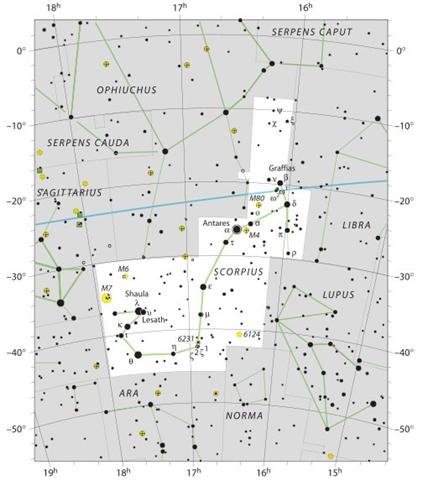All three examples appear to be connected with change from one 'season' to another.
Kb4-7 probably depicts a gnomon with the straight 'throat' being the staff while the 'head' could represent the sun.
Ha6-6 (the variant which I have chosen as representative for the hakaturou glyph type) maybe alludes to how Maui according to myth fished up a whole island, with houses, people and all. A new season is like a new land and the fish-hook shape of this variant of hakaturou should have some meaning. In addition the brothers of Maui ate from the fish before the gods had got their portion - a sacriledge (turou). Metoro could have thought about that when he said hakaturou.
Aa1-5 (one of four such glyphs following each other) may represent the four corners of the 'earth'. The sign in form of a 'knee' probably indicates the efforts to raise the sky 'roof' to let in the light of spring summer.
Eb8-25 maybe depicts the old and new years looking at each other at winter solstice. Bb6-17 has similar double-heads looking at each other:


